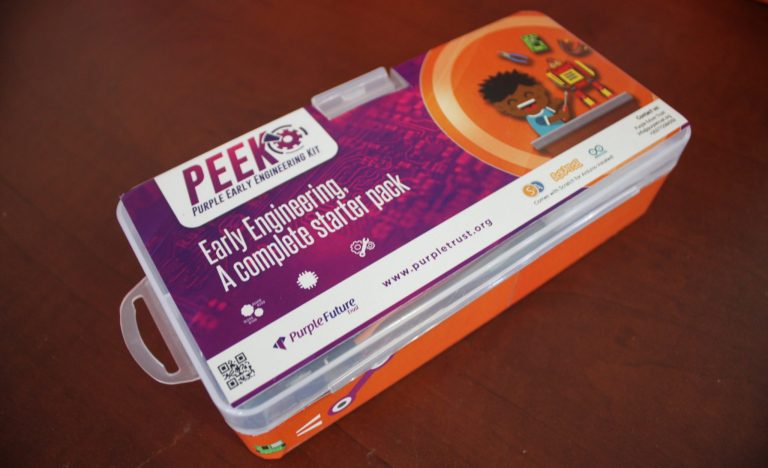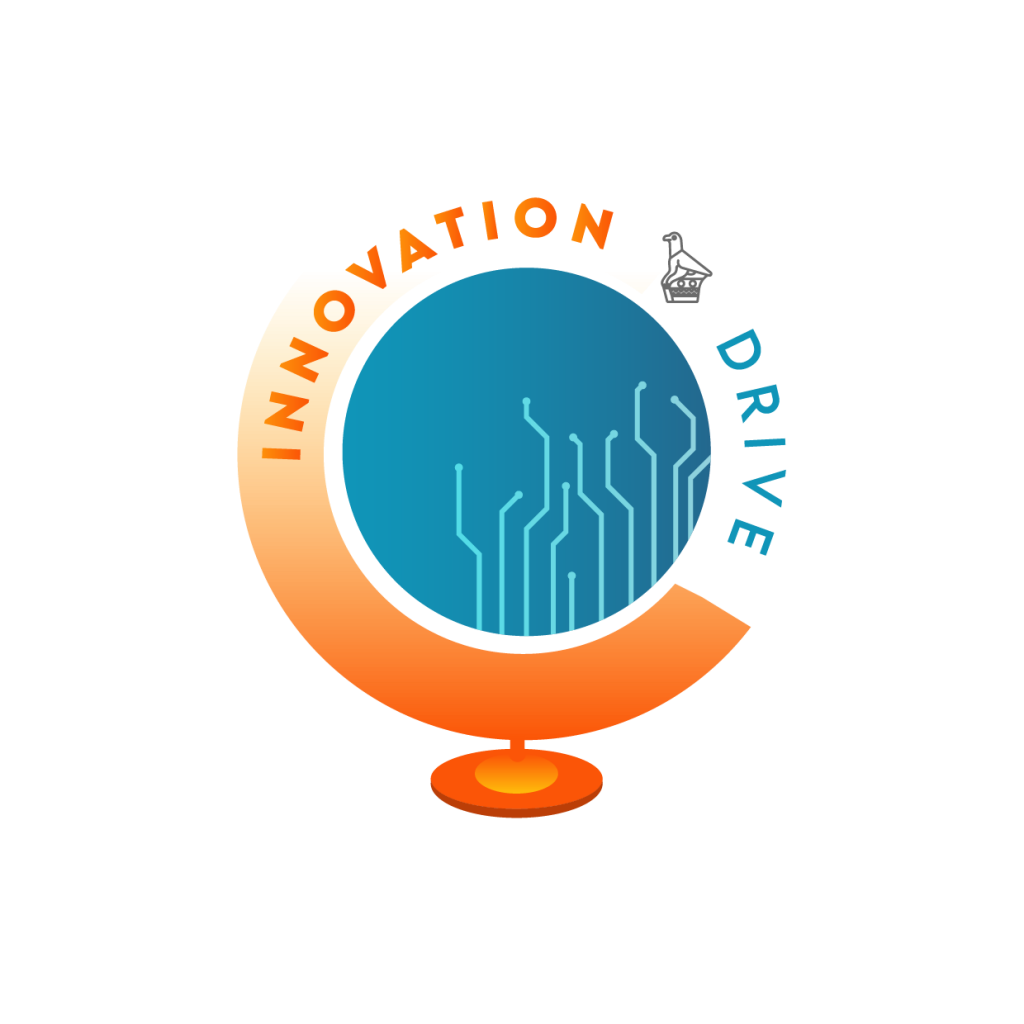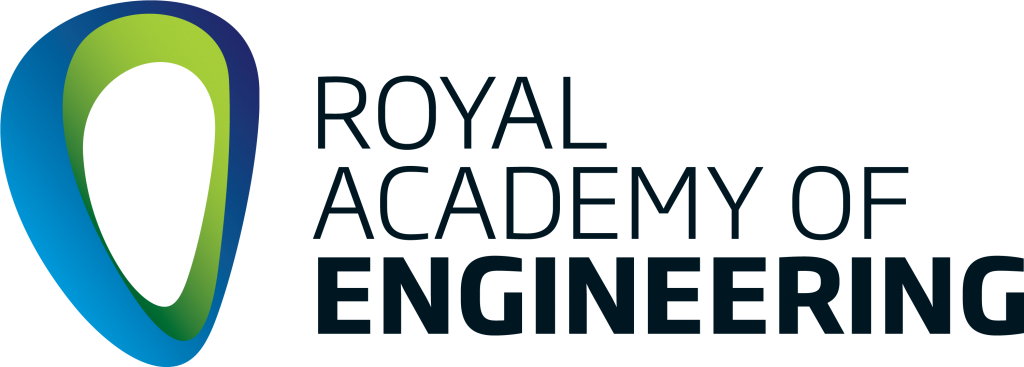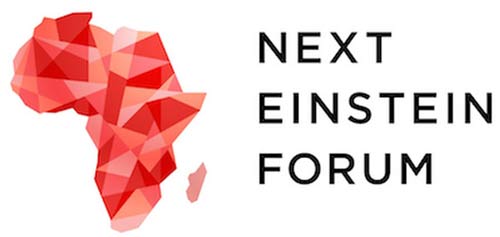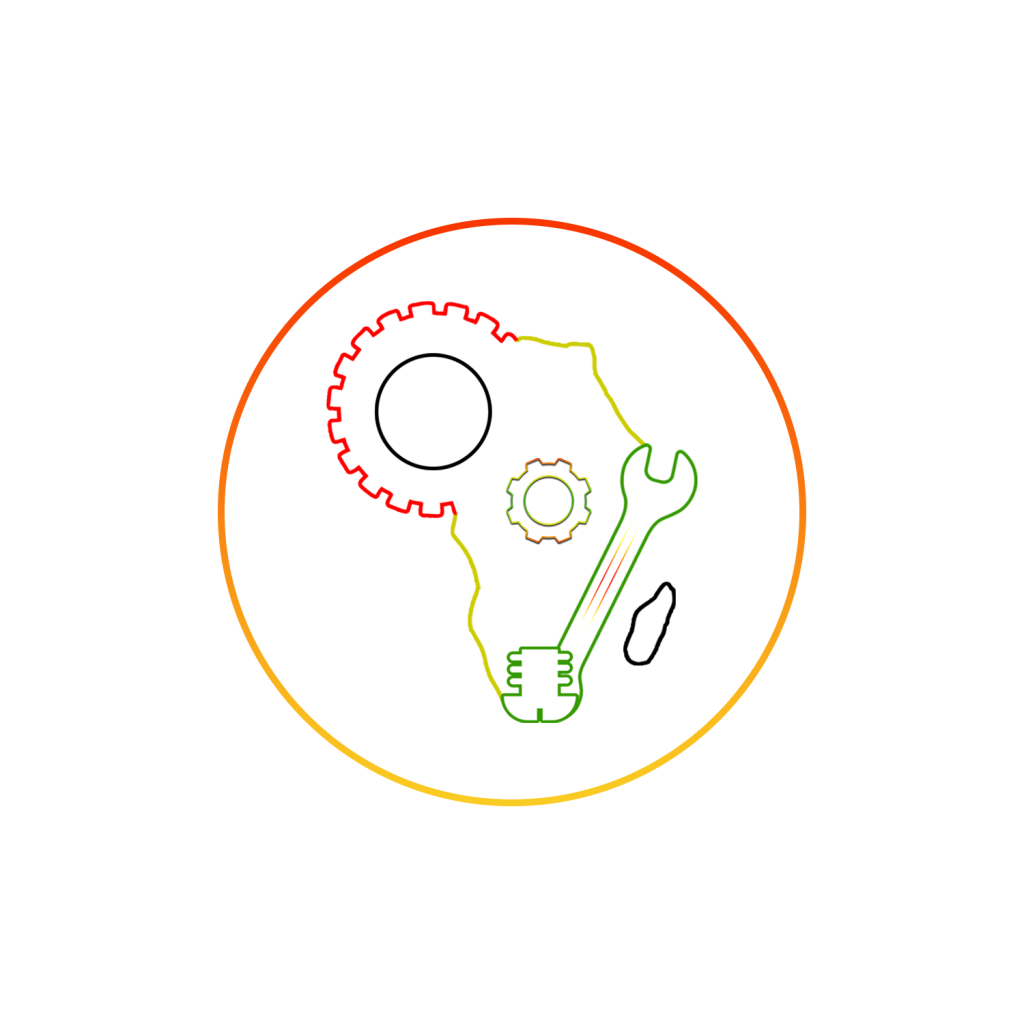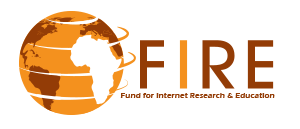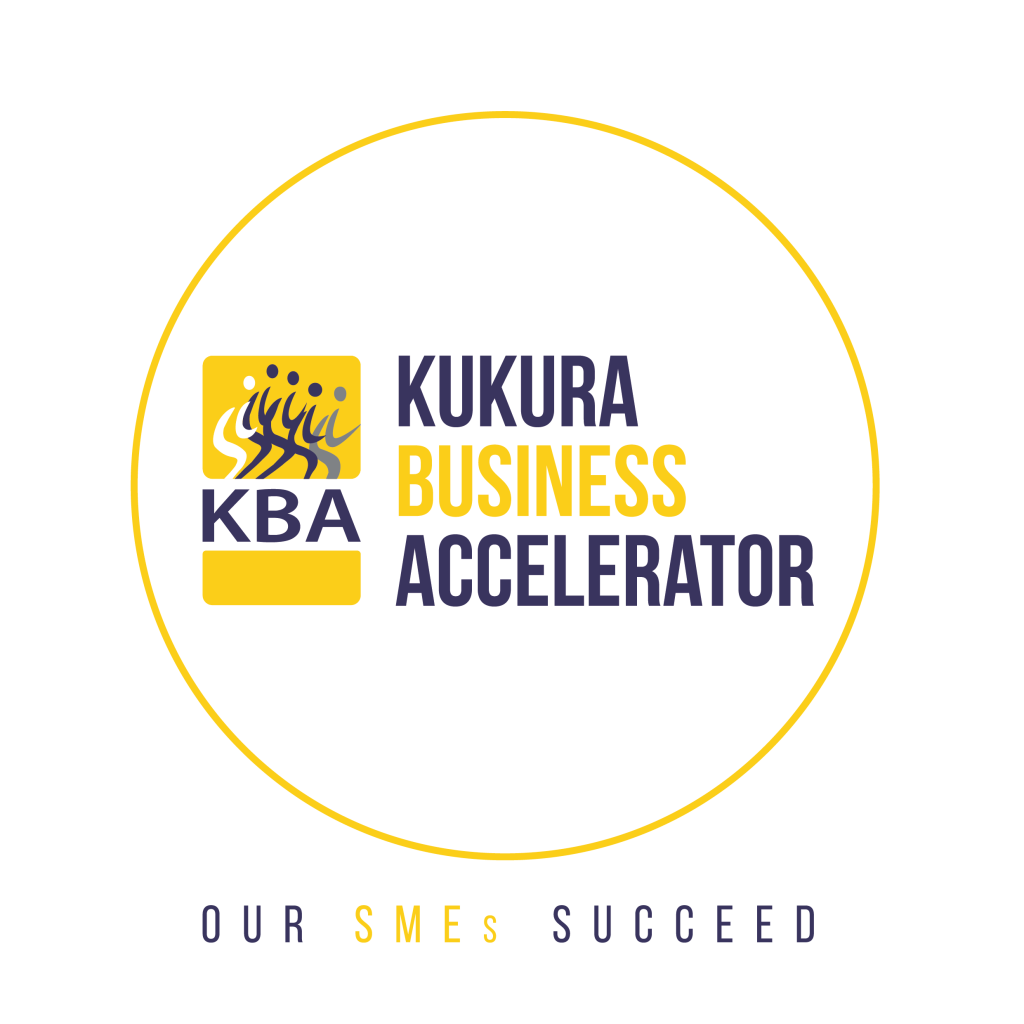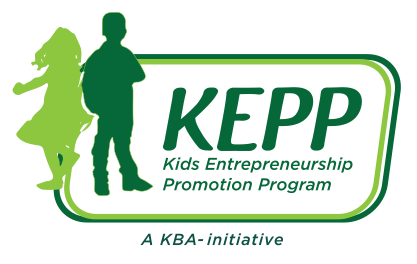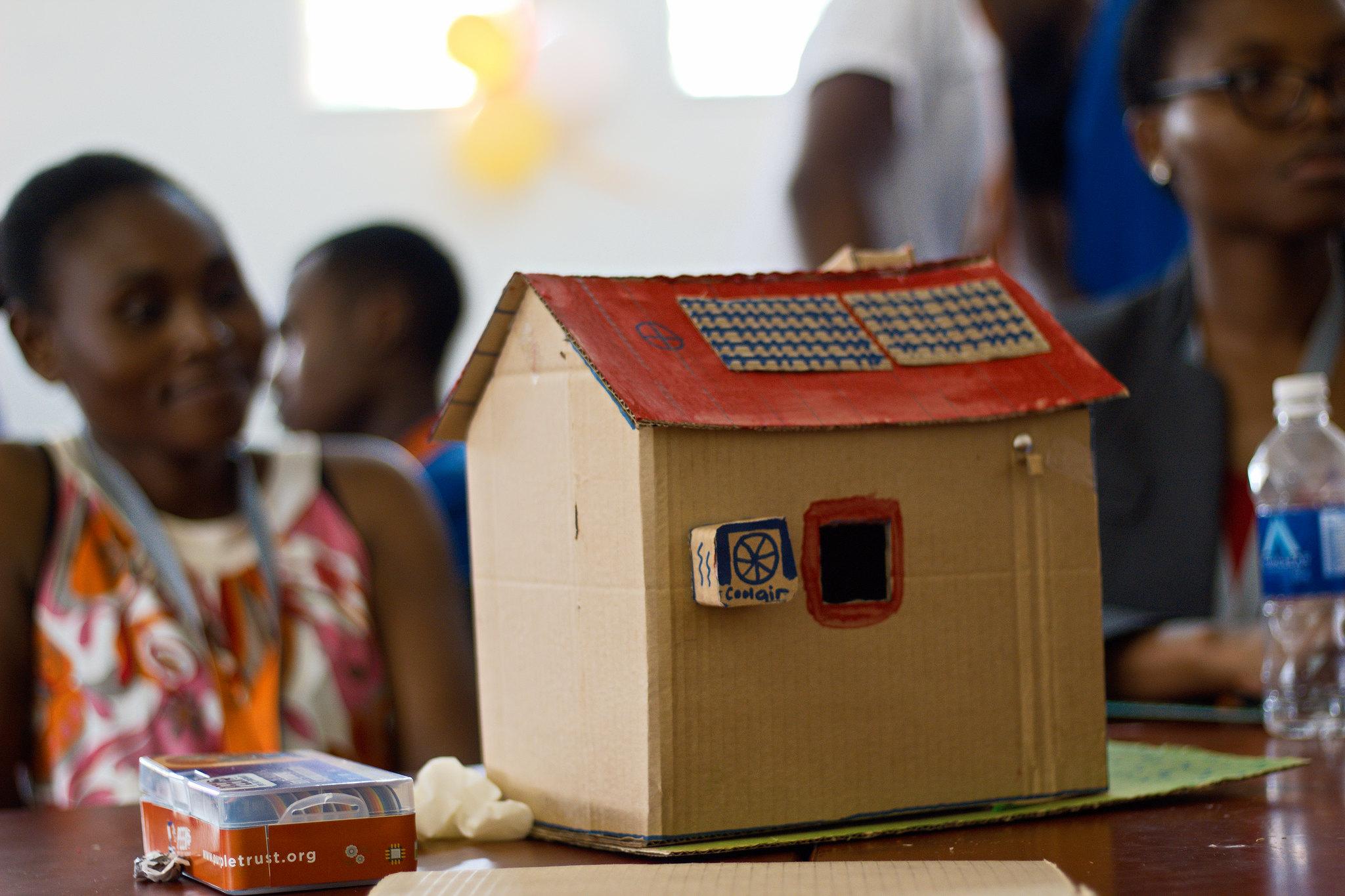
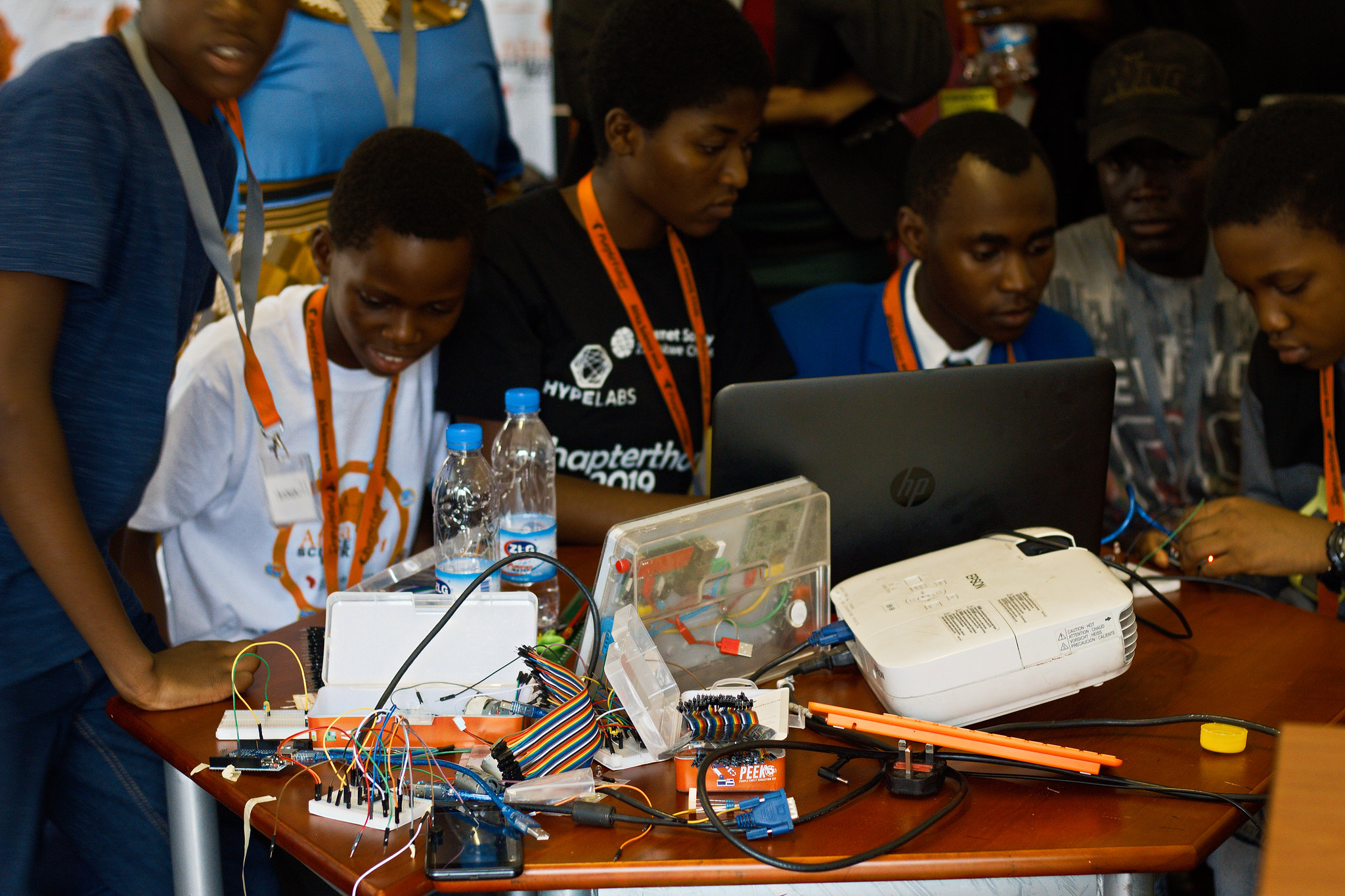
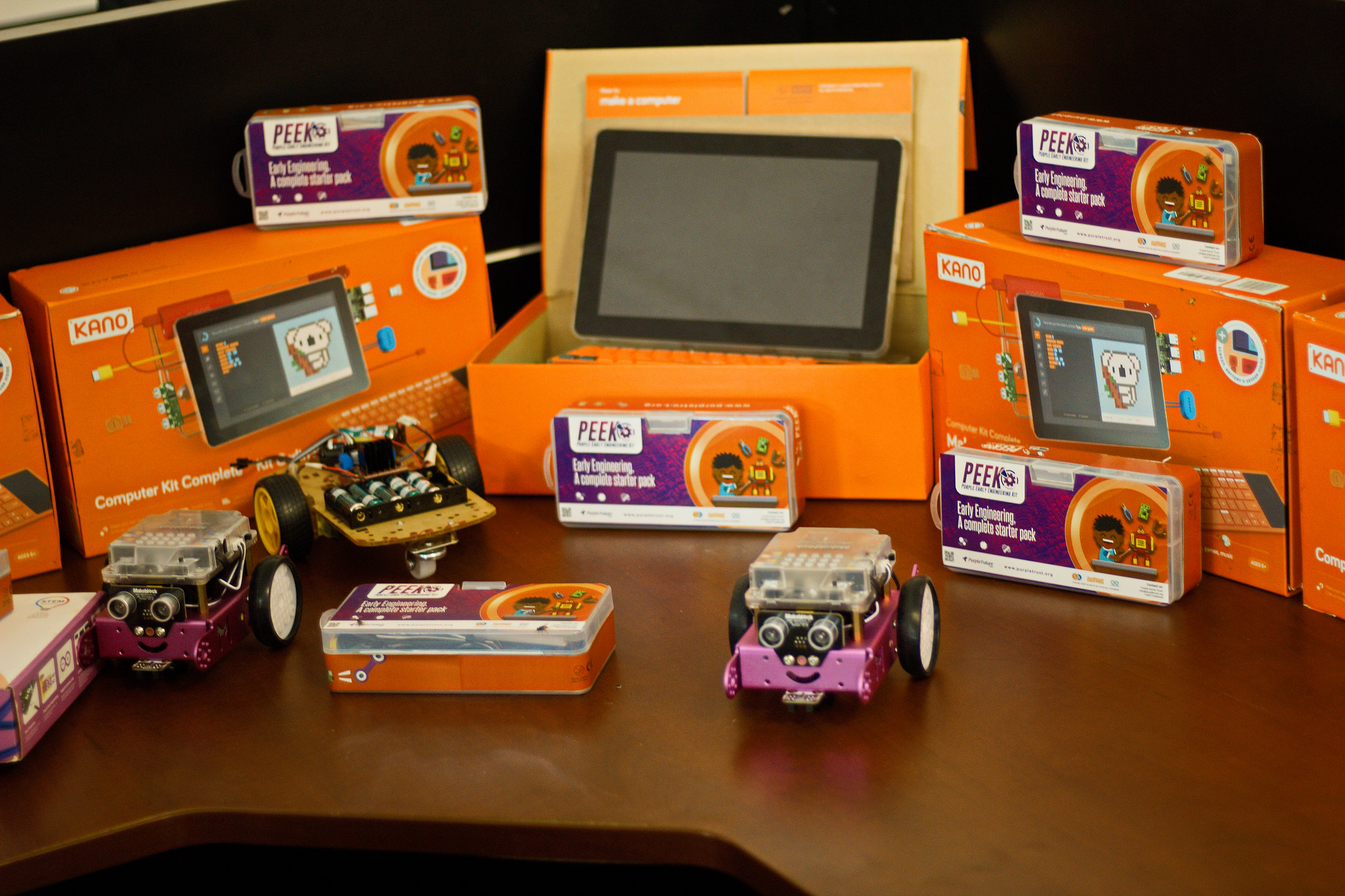
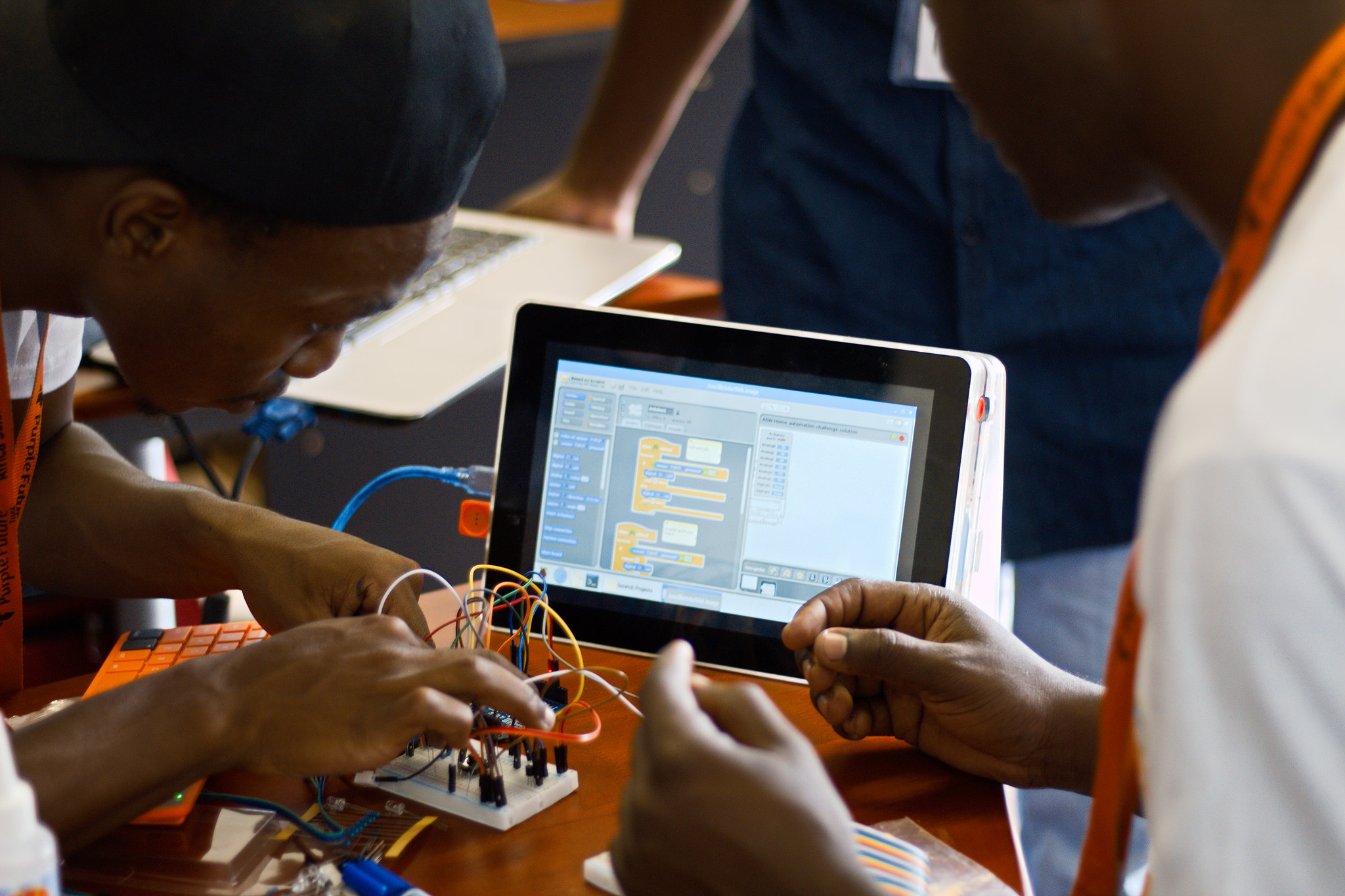
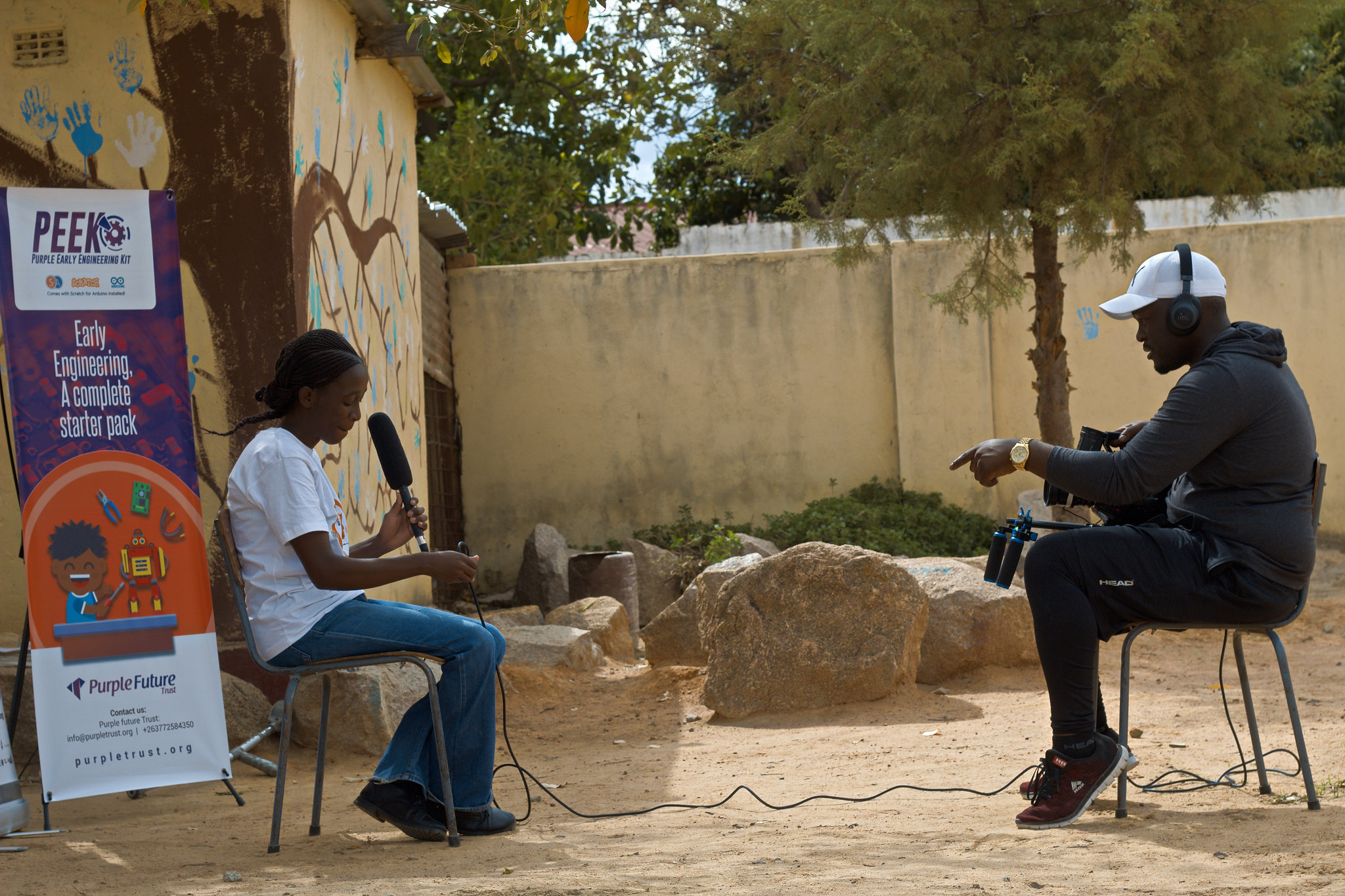
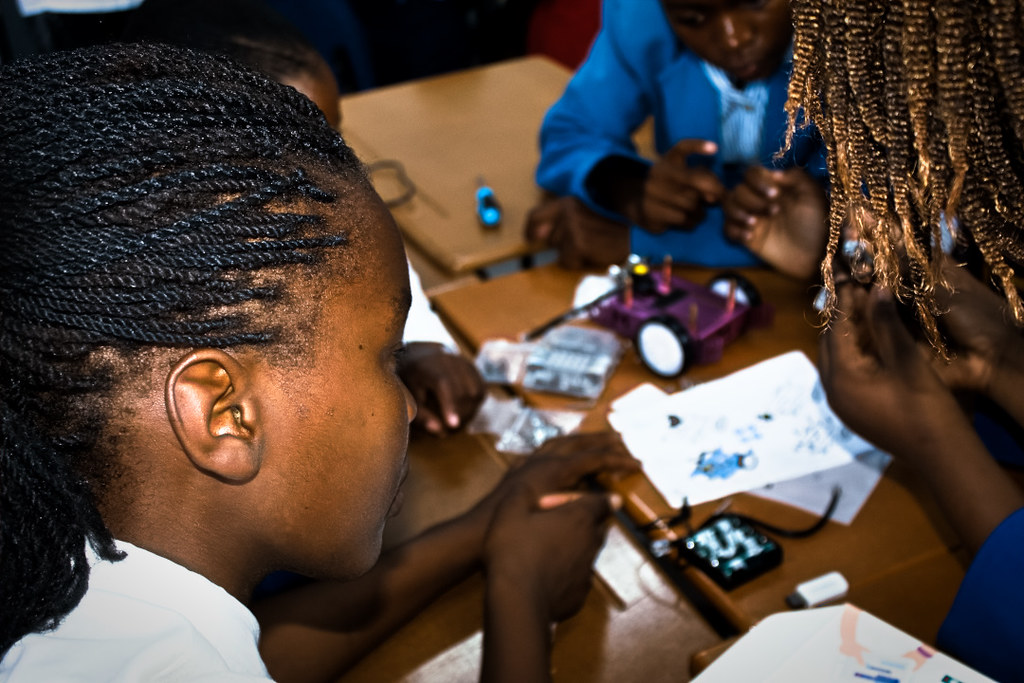
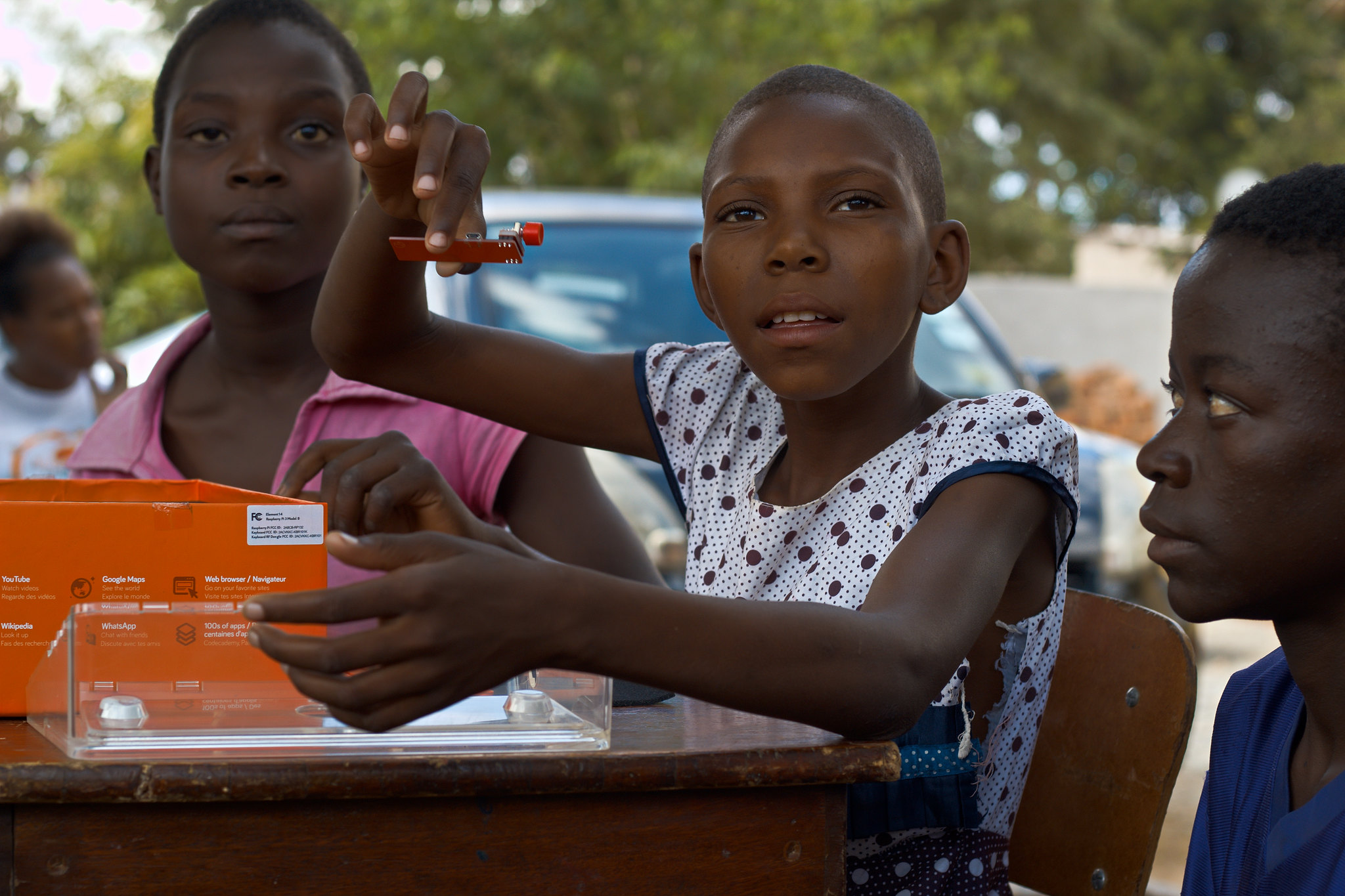
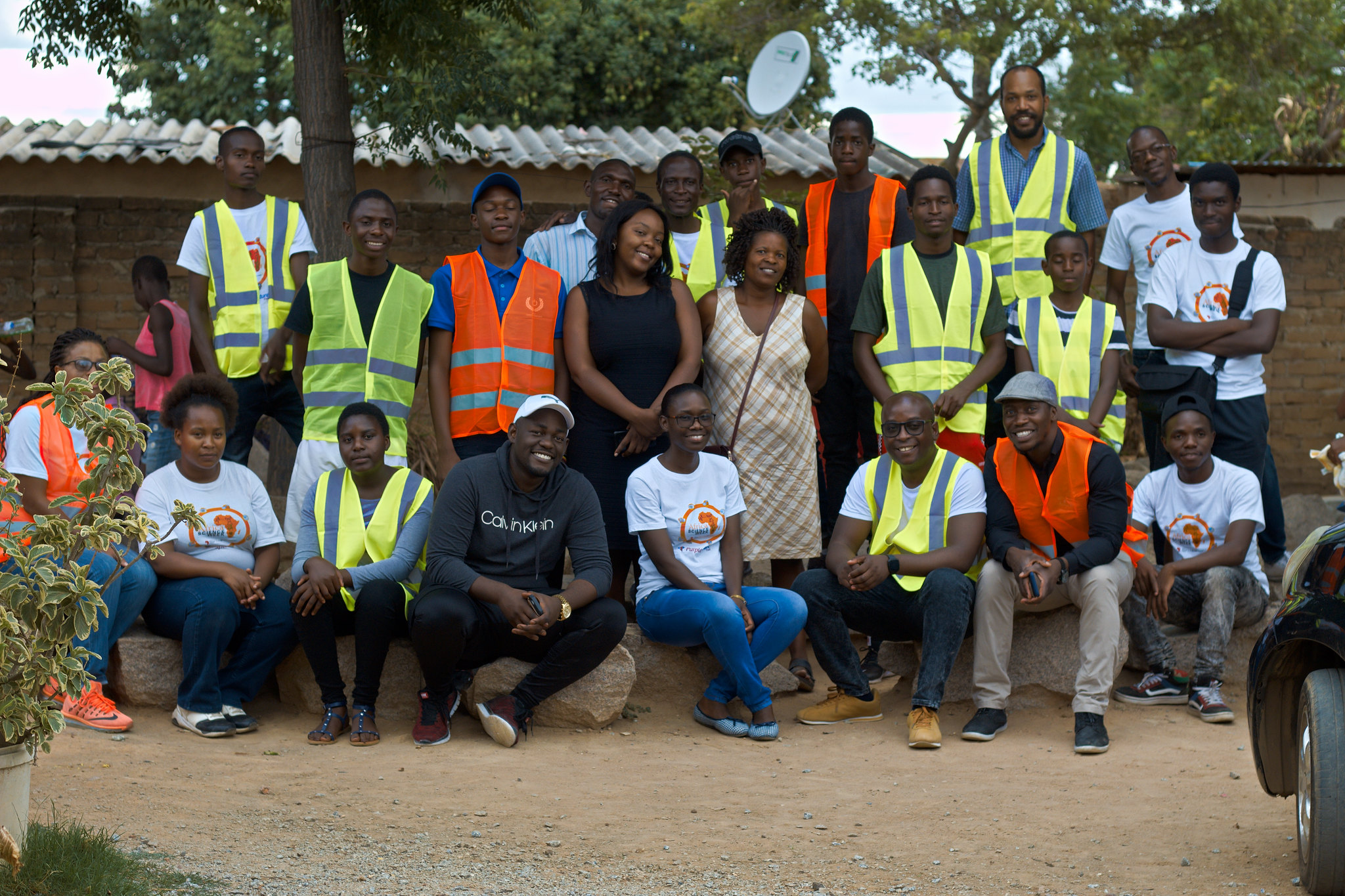
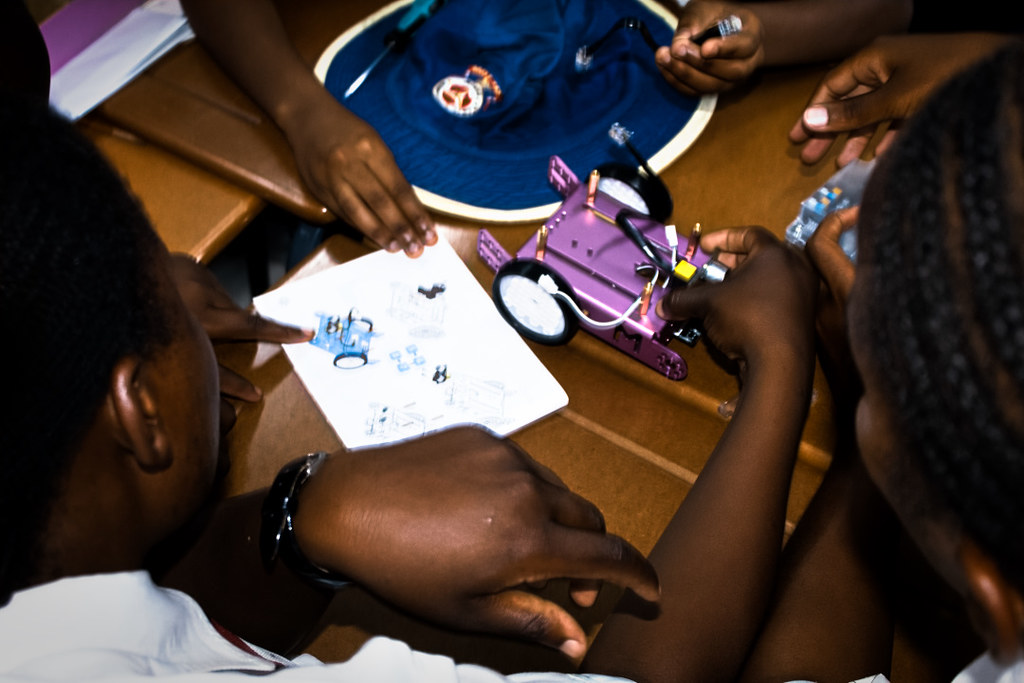

Since 2017, we have been transforming lives through STEM education. Our comprehensive programs not only provide access to STEM resources, mentorship, and training, but also offer valuable product development support and business development training.
We believe in the power of hands-on learning, and our approach involves equipping learners with science and robotics kits to explore the practical applications of STEM. By encouraging learners to create innovative projects that address real-world challenges in their communities, we empower them to not only gain valuable skills but also generate income through their solutions.
STEM kits given out
Girls Inspired
Business Plans Created
Our Foundational Principles

STEM Education
Access to STEM Education: Purple Future Trust provides access to quality STEM education resources, tools, and curriculum, ensuring that women and children have equal opportunities to develop their skills and knowledge in science, technology, engineering, and mathematics.

Mentorship
Empowerment through Mentorship: The organization offers mentorship programs that connect learners with experienced professionals in STEM fields, fostering guidance, inspiration, and support to help them navigate their educational and career journeys.

Practical Application
Practical Application and Income Generation: Purple Future Trust focuses on practical learning experiences, encouraging learners to apply their STEM knowledge to create innovative projects that address real-world challenges. By doing so, the organization empowers individuals to generate income and make a tangible impact in their communities.

Equality and Inclusion
Equality and Inclusion: Purple Future Trust is committed to promoting gender equality and inclusivity in STEM education, ensuring that all individuals, regardless of their background or circumstances, have the opportunity to participate and thrive in STEM fields.

Sustainable Development
Social Impact and Sustainable Development: By leveraging STEM education as a tool for positive change, Purple Future Trust aims to empower learners to become agents of social impact, addressing societal challenges and contributing to sustainable development in their communities and beyond.
The Facts…

- The number of women in STEM fields across the African continent is still significantly lower than their male counterparts.
- Furthermore, only 20% of African women are involved in engineering, manufacturing, and construction, and less than 1% are involved in Information and Communication Technology (ICT).
- The World Economic Forum (WEF) reports that women only make up 18% of the STEM workforce, and that there is a 20% gender pay gap in the STEM sector.
- Additionally, Blacks are underrepresented in STEM fields, with only 8.4% of undergraduate students enrolled in STEM-related degrees in sub-Saharan Africa, and a mere 2.6% of postgraduate students enrolled in STEM-related degrees.
- In Zimbabwe, there is a need to bring more students into the STEM fields.
- Currently, only 5.8% of students are enrolled in STEM-related degrees, and the country has one of the lowest proportions of female students enrolled in STEM-related degrees in sub-Saharan Africa, at just 2.3%. Furthermore, the World Economic Forum (WEF) reports that only 8.3% of the STEM workforce in Zimbabwe is female.
We have partnered with various organizations from around the globe to help provide the necessary resources, mentorship and training for our beneficiaries. Our programs are designed to ensure that learners are able to apply their knowledge in everyday life, as well as develop their problem-solving skills through interactive activities. Our ultimate goal is to help empower women and children to use STEM education as a tool for their future success.
Purple Early Engineering Kit (PEEK)
The PEEK kit is an interactive and hands-on educational tool designed to help learners explore engineering and physical computing. It is designed to help learners develop their problem-solving skills and foster their creativity. Through the interactive activities in the kit, learners can learn about electronics basics, soldering techniques, breadboarding, troubleshooting, programming with Arduino, and more.
Powered by
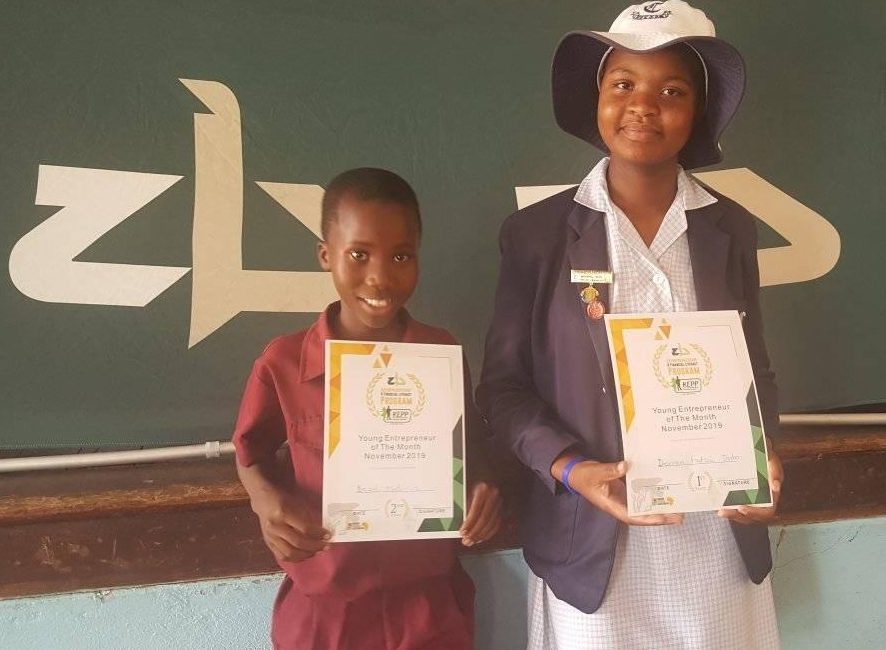
KEPP is a transformative program designed to introduce children aged 10 to 15 to the exciting world of entrepreneurship. Through hands-on experiences, kids develop business plans, create marketing strategies, manage finances, and learn the art of negotiation. They discover the thrill of taking risks, adapting to challenges, and finding innovative solutions. With guidance from experienced mentors and industry experts, we provide a nurturing environment for their entrepreneurial journey.
Trustees
Contact Us...
- 1 Adylinn Road, Marlborough, Harare
- 197 Harare Drive, Borrowdale, Harare
- info@purplefuture.azurewebsites.net
- (263) 772 584 350



